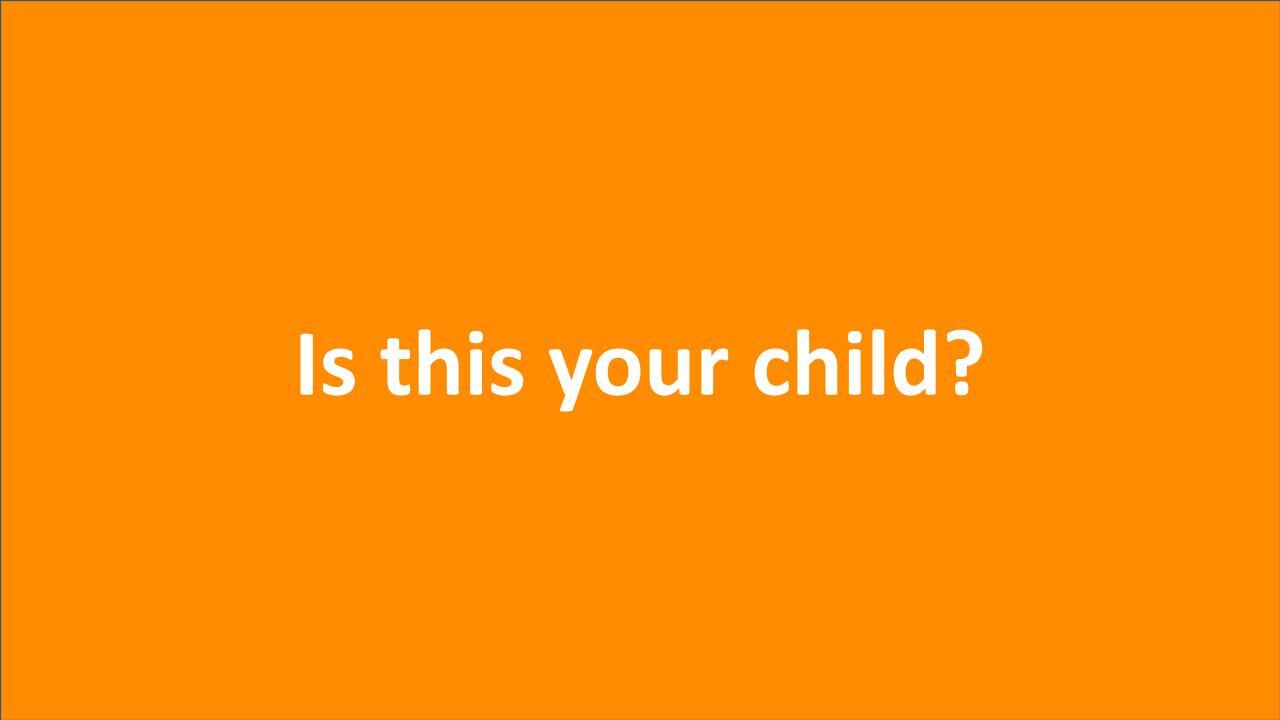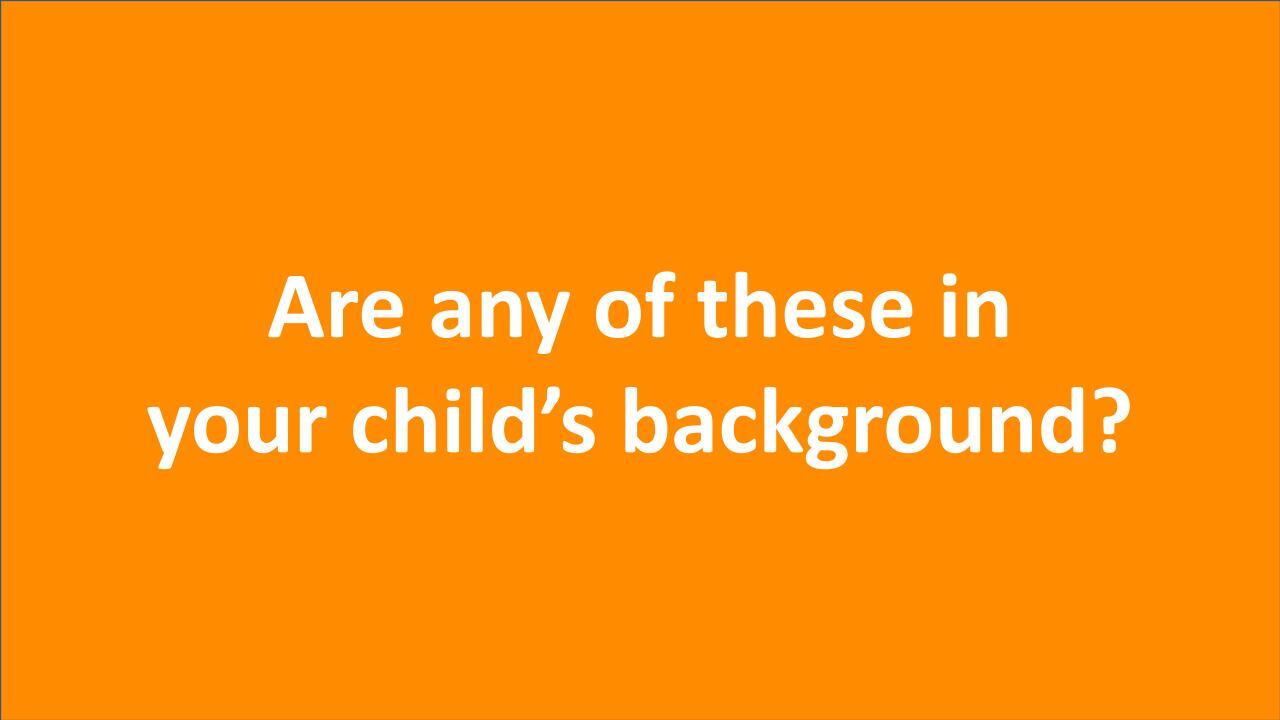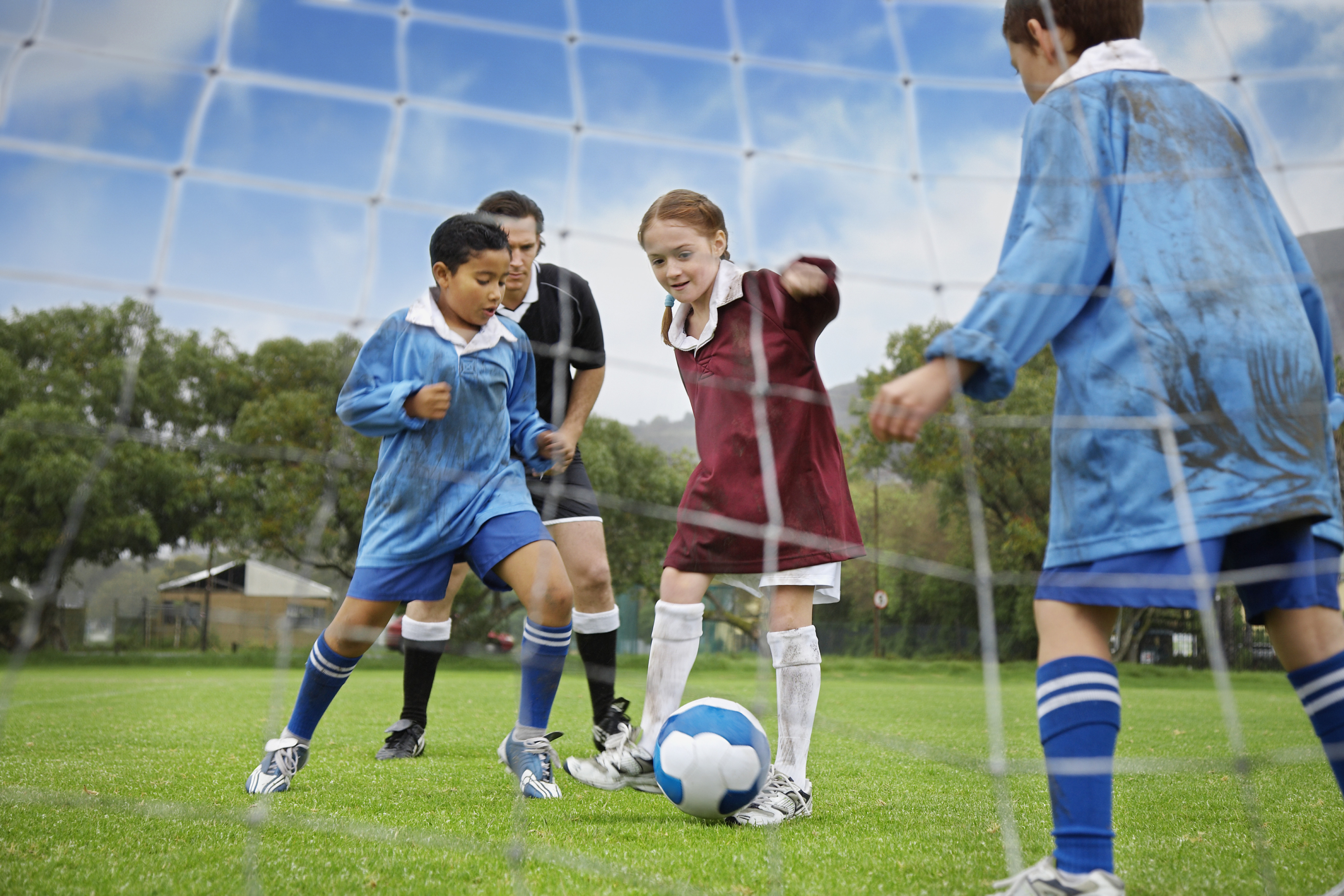
Is this your child?
You child’s day-to-day behavior is frustrating but you know they’re a good kid. You see glimpses of their potential but so many of their behaviors are getting in the way.
Behaviors related to some of these:
· ADD or ADHD
· Sensory Processing be it tactile and noise sensitivity
· Unable to transition, especially away from the tablets and phones
· Quick-tempered (and unable to regroup after a melt-down)
· Challenged relationships with friends and family
· Anxious and unwilling to try new things
· Clumsy and uncoordinated, or
· Constantly moving and fidgeting

Does your child have any of these?
Over the years I’ve found four common reasons why the micromovement of your child’s core may, in fact, be disorganized.
1. A prenatal stressor such as placenta previa, pre-eclampsia, or being a multiple
2. An unusual birth, including c-section, breech, or preemie
3. A medical procedure such as surgery, lumbar puncture or NICU interventions
4. An injury in their early years, often from falling

Have you already tried these?
My family did all the things we were supposed to do to help my son. What allowed the real change to happen was when his body’s movements re-organized.
You may have already tried...
· medications,
· special diets and supplements,
· meditation and/or exercises
· sensory fidgets, and
· working with a therapist, social worker, and/or an executive function coach.
Welcome and quick overview of the program

Changing the movement to change the behavior!
Frustrated with your child’s behavior, emotionally exhausted, and already tried traditional solutions?
If you are here, that means your child and your household are always off kilter, and struggling with some of these:
· Sitting to pay attention in school
· Sensory issues that have become EXTREME
· Fighting between siblings
· Fighting with you
· Radical emotional or behavioral behavior
· Or, just not cooperating in general.
There is another way that seems almost seems magical.
Our inaugural course for parents to help their children to find and maintain calm.
Get your first lesson so you can begin the first step to calm now.
Learn more about the 7 Steps to Calm program
This program uses our unique process using micro-movements to transform behavior to create calm. We have used this process successfully with thousands of families over the past fifteen years.
These four reasons are often behind your child's behavior
Every child we meet seems to have something in their history that got their development off track, even the prenatal time before birth!
This video explains more about why this matters.
Hi, I’m Cara Lindell
I’m a systems engineer, exercise specialist and a mom helping thousands of families over the past 15 years. By honing in on micromovements I'e seen how changing movement leads to changes in behavior, learning and reducing pain.
My formal education and work experience are in the area of power systems engineering where we used complex models to simulate what happens when a system is stressed or breaks. There are some unexpected consequences. The most amazing thing was to see how a small tweak could make all the difference!
As I pursued my passion of a healthy active lifestyle, I began to realize our bodies are just like the systems I had analyzed.
As I pursued my passion of a healthy active lifestyle, I began to realize our bodies are just like the systems I had analyzed. As an exercise specialist I noticed specific, yet basic movements were a struggle for people. When I supported and guided specific aspects of these micromovements so much more changed—movement, focus and behavior. This was the start of my journey and this technique which I named Bridging®.
Over the years I’ve focused on organizing the concepts and process of the Bridging technique to share with professionals, and now parents, so you too can benefit from the magic the body has within.

Frequently Asked Questions
What will I need? A flat open comfortable space. The floor, a sofa or bed all work. A small towel or pillow will also be helpful.
How much time is required? Each lesson is under 10 minutes. Each movement takes just a few minutes each day.
What if my child won’t cooperate? The movements are so gentle and a little goes a long way. You can even do these movements while they sleep.
Are the movements complicated? The movements are broken down into the simplest of steps so you’ll be able to do them easily.
What if I do the movements wrong? It's not about being exact, it's about the flow of the movements. Childrens bodies change so easily that you’ll be close enough.
How often do I have to do the movements? You can do them daily, or a few times a week. Many families find a few times is easy to negotiate, yet some find the daily habit is easiest. Both get results.
How long before I see a change? Changes will begin right away, but you may not notice them until others comment on how your child seems different. When you’ve been in survival mode its hard to realize when you’re not any more.
Do I have to keep doing these movements after 7 weeks? You you can do weekly or periodically afterward. They are especially great after a growth spurt.

"He is so much more regulated!"
Carrie, mom of 4, 7, 9 year olds.
"My children enjoyed the movements, especially BUG, the first one. It was helpful at night to calm down. My 4 yo is s much more regulated and we only did the movements about 5 times a week."

"My child sits for longer periods."
Mom of 4 year old.
"My child is able to sit for longer periods of time.
There is an overall reduction in hyperactivity--significant enough to observe."

"My son enjoyed the movements!"
Mom of 6 year old:
"My son enjoyed the movements. They really helped ground us.
As a family, we feel more empowered to have another tool in the parenting toolkit."
"The videos were easy to follow and the resource information was especially helpful."
